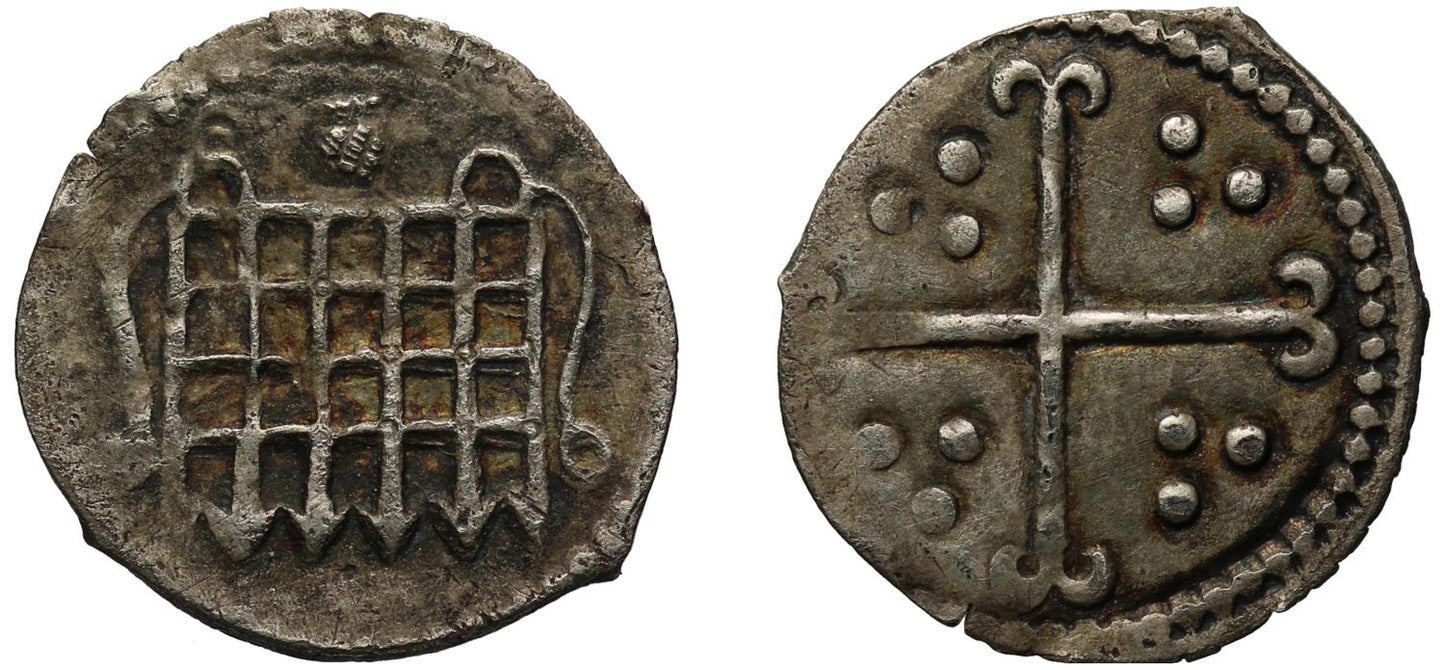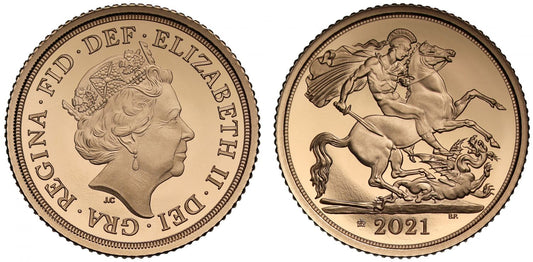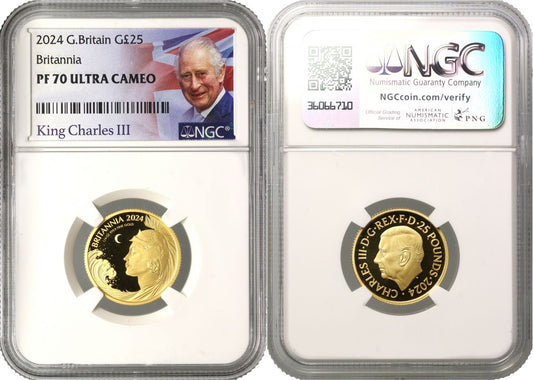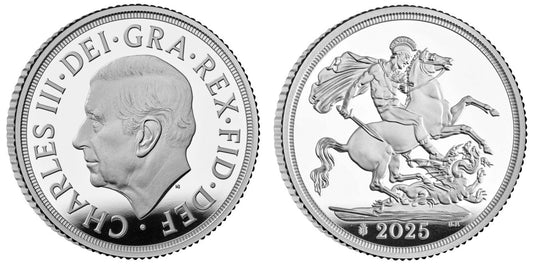FAQs
What makes a coin valuable?
I have coins to sell, what’s the next step?
How will my purchases be shipped?
What happens if I’m not entirely happy with my purchase?
James I Halfpenny, First coinage, London Mint, mm. thistle
James I (1603-25), silver Halfpenny, first coinage (1603-04), Tower Mint London, portcullis with chains, initial mark thistle above (1604), rev. long cross fourchee, three pellets in each angle, outer beaded border both sides, weight 0.22g (Withers 1a; N.2078; S.2651). Toned good very fine.
James I of England was also James VI of Scotland the son of Mary Queen of Scots, born 19th June 1566 and became the infant King of that realm on 24th July 1567 aged 1, when Mary was forced to abdicate the throne to him for her conduct in marrying one of the alleged conspirators in the murder of her previous husband Henry Darnley. James enjoyed the longest reign of any Scottish monarch at 57 years and 246 days and became successor to the English throne upon the death of the Virgin Queen Elizabeth I the last Tudor Queen, though James was the great great Grandson of King Henry VII. James Stewart the Early of Moray and illegitimate half-brother of Mary Queen of Scots became regent for his younger years. During this early phase of his Scottish reign, the largest hammered gold coin ever issued emerged sated either 1575 or 1576 the Twenty Pound piece featuring a portrait of the boy King was no doubt an inspiration later to his son Charles for the Triple Unite issued at Oxford. James married Anne of Denmark at first by proxy in Copenhagen in August 1589 whereupon she sailed for England but was forced by storms to land in Norway. James with a retinue of 300 sailed to Norway to fetch her where they married at the Bishop's Palace in Oslo on 23rd November 1589 not returning to Scotland until 1st March 1590. They went on to have seven children only three who survived to adulthood, Henry Prince of Wales being the eldest who unfortunately pre-deceased his Father in 1612 from typhoid aged 18; Elizabeth who later would be Queen of Bohemia and Charles who would later be King. James finally united the kingdoms of Scotland and England from the death of Elizabeth I on 24th March 1603 and set off from Scotland on 5th April for London promising to return to Scotland every three years, which he never actually did and went back on only one occasion. He was lavishly treated on his progress to the capital and did not arrive until 7th May 1603, and was coronated on 25th July 1603 which suffered a lack of attendance by the public on account of an outbreak of the plague. His reign was known for the instigation of witch hunts and James wrote a book Daemonolgie in 1597 which gave his own experiences of the subject. The golden phase of Elizabethan literature continued into his reign and a new translation of the Bible was approved in 1604 and completed in 1611. James also suffered from several plots against him, the Bye plot, the Main plot and most famously the Gunpowder plot of July 1605, in an attempt to blow up Parliament, Guy Fawkes was discovered guarding multiple kegs of gunpowder in basement rooms and he and co-conspirators convicted, tortured and some executed. In April 1604 James claimed to be King of Great Britain and though at first this did not have any legal standing or was allowed to appear in official documents the titles were reflected in the coinage. By 1625 James was falling weaker and sick from arthritis and gout he died from dysentery on 27th March 1625 with a funeral on 7th May of that year.
Capital City London upon the River Thames following Roman occupation, minted some of the earliest Saxon coins with gold Thrymsas and silver denarii with a "Londuniu" signature. Mercian Kings beginning with Offa minted coins there, but the first coin to actually say City of London upon it is the unique Ludica portrait Penny that was found in 2016, followed by subsequent coins of Ecgberht. In 871 the Danes wintered in London for the first time but was King Alfred of Wessex who settled and fortified the capital circa 880 to resist further invasions. Edward the Elder incorporated the City in Wessex in 911 and it resisted a major attack in the reign of Aethelred II in 1009. However, London submitted to the Danish Swein in 1013, but three years later the citizens accepted Eadmund Ironside as King and resisted a siege by Canute.
Later unsettled times occurred in the anarchy period of the reign of King Stephen, remaining loyal to the King except for a few months in 1141 when Empress Matilda was admitted but within a short time expelled. Coinage activity here has been mostly constant throughout history from the Romans until the reign of our current Queen and only moving out to Wales from 1969.
Provenance:
Ex Collection of an English Doctor part III, Sovereign Rarities fixed price list online September 2022.
FAQs
What makes a coin valuable?
I have coins to sell, what’s the next step?
How will my purchases be shipped?
What happens if I’m not entirely happy with my purchase?













